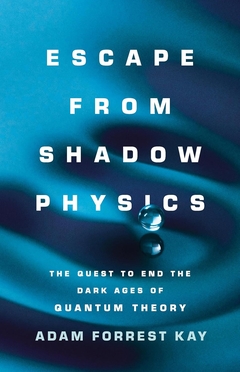NASA’s Earth Observing One (E0-1) satellite has become a testbed for new technologies. Launched in late 2000, EO-1 is now the venue for a test of artificial intelligence; specifically, an AI software package called Livingstone Version 2 (LV2), which can detect and diagnose simulated failures in systems aboard the satellite.
“This is the kind of technology NASA needs to support future exploration of the Earth, moon, Mars and beyond in the 21st Century,” said Ghassem Asrar, deputy associate administrator for NASA’s Science Mission Directorate. “This software grants us the ability to troubleshoot the robotic systems required to handle increasingly complex tasks of exploration, while they are millions of miles and perhaps light years away from Earth.”
Precisely. Robotic systems on interstellar missions — and ‘interstellar’ also means relatively ‘nearby’ destinations like the Kuiper Belt — will of necessity be autonomous and self-correcting. Be sure to read Greg Bear’s Queen of Angels for an absolutely stunning projection of where autonomous systems aboard a space probe (in this case, a robotic probe to Alpha Centauri) may one day lead.
The Jet Propulsion Laboratory is conducting the Autonomous Sciencecraft Experiment (ASE), which is controlling EO-1. LV2, in turn, monitors ASE as it operates the satellite’s imaging systems. Should a problem arise, LV2 makes a diagnosis and radios its findings to mission controllers at Goddard Space Flight Center. Early applications for this technology might be future Mars rovers, but manned missions to the outer planets will also need automated tools to diagnose system failures.
For more, see this GSFC Web page.

